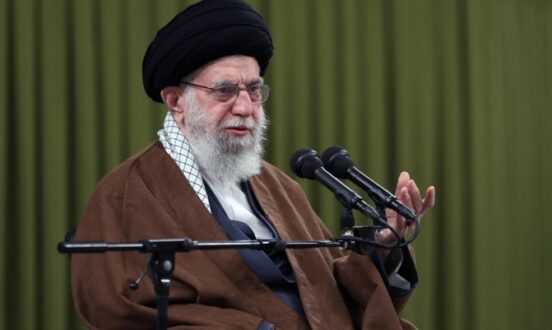greydynamics – Reports of Iranian Supreme Leader Ali Khamenei’s cancer have sparked speculation about the imminent demise of Iran’s most powerful figure. Over 34 years as Supreme Leader, Ayatollah Khamenei has inculcated the modern Iranian state with many of its defining characteristics. These include the dominance of the Islamic Revolutionary Guard Corps (IRGC) and the existence of the Assembly of Experts. Both of these organisations will play a pivotal role in succession in Iran. Having built a paramilitary superstructure over the Iranian state, Khamenei will also leave behind a legacy of immense IRGC power. This disproportionate power is sure to shape the choice of his replacement and certainly the extent of their power.
Key Judgement 1. Ayatollah Khamenei is unlikely to be succeeded by a member of the progressive or reformist clerical factions. This reflects the shattered political strength of the reformist groups in Iranian politics.
Key Judgement 2. The IRGC is highly likely to have the largest influence on the process of succession in Iran for the position of Supreme Leader, due to their immense and diverse sources of political power.
Key Judgement 3. A hardliner cleric such as Mojtaba Khamenei being chosen as Supreme Leader is highly likely to cause domestic unrest and continue to damage state stability in the long term.
 Shabtabnews In this dark night, I have lost my way – Arise from a corner, oh you the star of guidance.
Shabtabnews In this dark night, I have lost my way – Arise from a corner, oh you the star of guidance.



